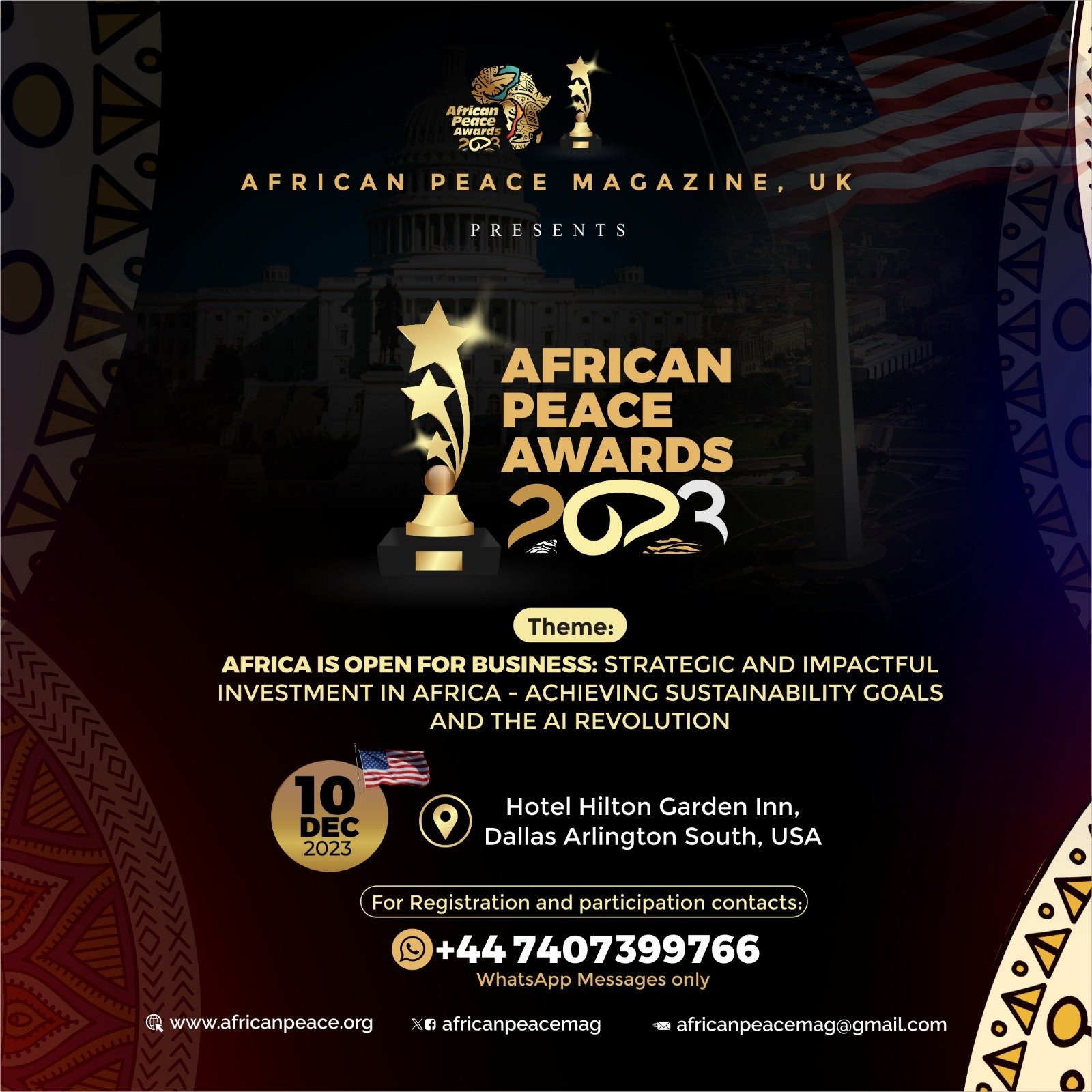The National Agency for Food and Drug Administration and Control (NAFDAC) has the mandate to enlighten the public regarding the medical products needed for the nation’s response to the COVID-19 pandemic. As a result, the Agency has put in place an expedited registration pathway to allow the granting of Emergency Use Authorization (EUA) for the masks and Personal Protection Equipment.
Personal Protective Equipment (PPE): These are used in different settings to provide some level of personal protection. They serve to protect the wearer as they carry out various activities. Any setting that entails some level of risk in a work environment, has a requirement for the use of PPE.
Face masks and Protective clothing are some of the examples of PPEs worn by persons to create a barrier and offer different levels of protection. This barrier reduces the spread of infectious material in the hospital and or in the community.
There are different types of face masks and protective clothing available for use, depending on the degree of risk of exposure to infectious material. The risk of exposure may range from minimal/low to very high risk. The higher the risk, the higher the level of protection needed. There are different types of face masks and protective clothing depending on the levels of exposure. Health care professionals by virtue of their jobs, are at highest risk.
TYPES OF MASKS
There are basically two types of masks:
Non-Medical
Medical masks and Respirators
NON-MEDICAL OR BARRIER FACE MASKS
Non-medical face masks include self-made or commercial masks or face covers made of cloth, other textiles or other materials such as paper. They are not standardized and are not intended for use in healthcare settings or by healthcare professionals.
They serve to limit spread of droplets and offer some measure of protection to those around you.
The material of construction is usually cloth(textile fabric), non-woven wadding, or paper-like materials. For these Barrier Masks, 100% cotton is preferred though, polyester, linen or knit fabric can be used.
Simple test: If wearer can put off a flame from a cigarette lighter that is placed in front of the wearer, the mask is protective enough
Barrier face masks do not prevent you from contracting disease but, they have been found to contribute to reduce spread of infections when used widely in conjunction with other measures. Such measures include social distancing, not touching the face, eyes or mouth, washing of hands with soap for 20 secs or use of alcohol based hand sanitizers.
These face masks are recommended to be washed daily and preferably should be a double layer of fabric to increase the absorbency and effectiveness.
It must be noted that several washes, drying and stretching of the mask over time reduce the effectiveness of the mask.
Barrier masks are not intended for use in healthcare settings or by healthcare professionals
MEDICAL MASK
- SURGICAL/ MEDICAL MASK
These are fairly loose-fitting disposable masks used by medical/health personnel in health facilities. The surgical masks are made of non-woven fabric (polypropylene) consisting of multiple layers.
These masks help prevent large droplets of bodily fluids that may contain germs, including viruses, from coming in direct contact with the patient or the healthcare personnel. They also help to prevent hand-to-face contact.
- RESPIRATORS
Respirators which are also called N95, N98 or KN95 respirator masks, are designed to protect the wearer from small (0.3 micron) particles in the air, such as viruses, which the regular surgical masks do not protect against.
These respirators provide an air tight seal, when fitted correctly, and filter out very small particles, including viruses such as the COVID 19. The respirators are made of fine mesh synthetic polymer fiber.
- N95 Masks
An N95 respirator is a respiratory protective device designed to achieve a very close facial fit and very efficient filtration of airborne particles.
The ‘N95’ designation means that when subjected to careful testing, the respirator blocks at least 95 percent of very small (0.3 micron) test particles. If properly fitted, the filtration capabilities of N95 respirators exceed those of face masks.
- N98 Masks
An N98 respirator is a respiratory protective device designed to achieve a very close facial fit and very efficient filtration of airborne particles.
The ‘N98’ designation means that when subjected to careful testing, the respirator blocks at least 98 percent of very small (0.25 micron) test particles. If properly fitted, the filtration capabilities of N98 respirators exceed those of face masks.
- KN95
The KN95 respirator mask is a Chinese version of the American N95 respirator with significant difference in design and face fit.
PROTECTIVE CLOTHING
These are clothing designed and made of suitable material to protect either the wearer’s body or other items of clothing from contact with disease causing agents.
These include:
- Protective Coveralls (with attached hood):These are one-piece, loose-fitting protective suits that offer protection against outside contaminants over a large area of the body. They are used by all workers (such as emergency workers) who due to the nature of their job, are exposed to disease causing agent.
- Medical Gowns: These are Protective clothing used in healthcare setting:
There are basically two types:
- Surgical gowns: These are used by medical personnel during surgical procedure and should confer protection from cross contamination.
- Non-surgical gowns: These should cover as much of the body as is appropriate for the intended use.
- Apron: This is a garment usually of cloth, plastic, or leather usually tied around the waist and used to protect clothing.
- Head and Shoe Covers: provide a barrier to the feet and head against possible exposure to disease causing organisms.
- Goggles: These are safety glasses that fit tightly to the eye, and protect the eye from contact.
- Face Shields: These are used to protect the entire face from potentially infectious material.
Important points to note on protective clothing:
- Simply wearing protective clothing will not guarantee protection. The protective effect of the clothing can only be ensured if the clothing is put on and taken off in the correct way and, if correct working procedures are followed.
- Protective clothing is disposable in most cases though, some can be reused after sterilization.
- Standard protective clothing should be chosen.
- Protective clothing should fit the wearer and should not hamper movement.
- Protective clothing should be checked before use and replaced if damaged.
- Contaminated protective clothing should be disposed of in specially designed rubbish bag.


